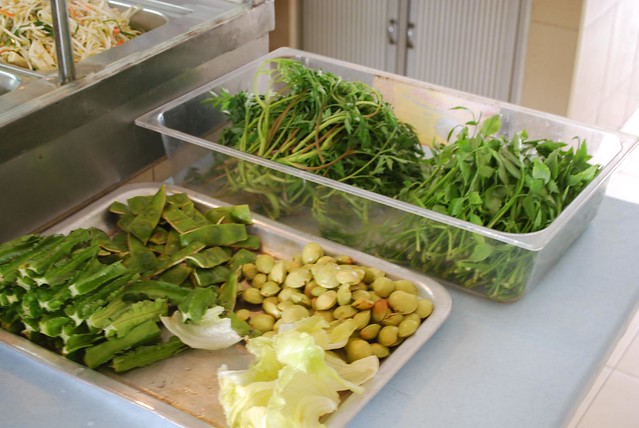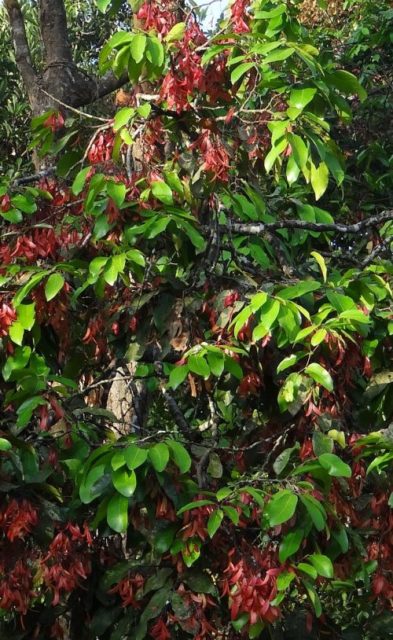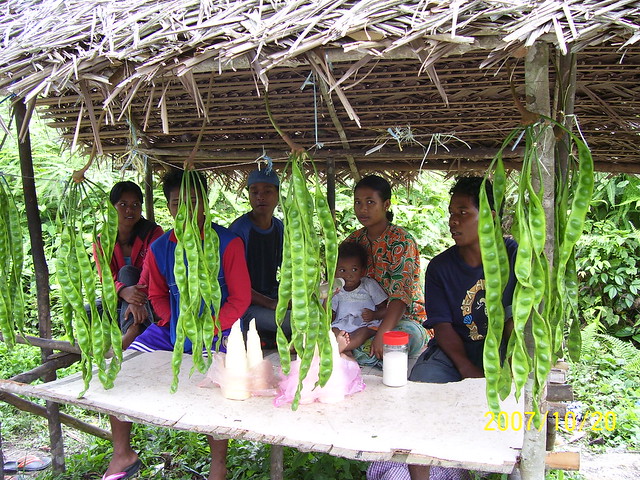The Semai have been gathering plants in the forests for generations and have profited from their knowledge of the wild foods, widely referred to as “ulam.” The Star, a leading Malaysian newspaper, published a story last week in which the reporter interviewed Rachel Thomas Tharmabalan, a researcher who specializes in analyzing the edible foods, especially the ulam, used by the Semai.

Ms. Thomas expressed fascination for the ways the Semai use wild foods. Her reasoning was that Malaysian forests are rich in biodiversity and the Semai are very knowledgeable about forest resources. “With so many natural resources in our own backyard, I think it is essential to tap into the Orang Asli communities’ knowledge base,” she told The Star.
The Sunway University lecturer added that many of the traditional beliefs of the Semai about their forest foods have turned out to be scientifically accurate. Ms. Thomas was encouraged by different Semai groups to go foraging with them and she collected samples of the ulam along with the village women who did most of the gathering for their daily food preparation work.
During her fieldwork, she asked the Semai about the medicinal uses of the native plants. She found that the people not only knew about straightforward conditions that the plants could help with, such as plants to use for coughs and common colds, but also more complex problems they might help with such as diabetes and respiratory issues. She then sent samples of the plants to a laboratory for analysis and the results suggested that most of the Semai claims were in fact correct—the ulam was as useful as they claimed.

She found that some of the wild foods had much higher rates of vitamins, carbohydrates, proteins, and minerals than vegetables grown commercially. For instance, the Semai use a leaf called meranti, gathered from forest trees, to treat high blood pressure, a condition that bothers some of them. She found that the leaves are high in calcium and magnesium, the same ingredients used in commercial blood pressure medications.
Ms. Thomas said that the Semai usually eat their ulam raw in salads but sometimes they will stir fry it with garlic and onions or they will use the leaves in soups. She argued that the Semai who live farther from urban areas tend to include more ulam in their diets and as a result are healthier than their urban cousins. Ulam makes up about 20 percent of the diets of the country people. The more remote Semai forage in the forest for leaves, roots, ferns, and shrubs such as tapioca shoots, bamboo shoots, sendap and snego.

The Semai are excited at the prospect of sharing their plant knowledge with others. They have even tried selling their ulam along the roads, but they have found that outsiders tend to be skeptical about the health values and claims made by the Semai. After all, Malaysians in general don’t know what the stuff is so why should they believe a Semai, they seem to feel.
The Star concluded with a quote by Ms. Thomas: “The Orang Asli know these ulam can help with various ailments, but nobody wants to give them a chance. I think ultimately they just want to be appreciated for their knowledge.”